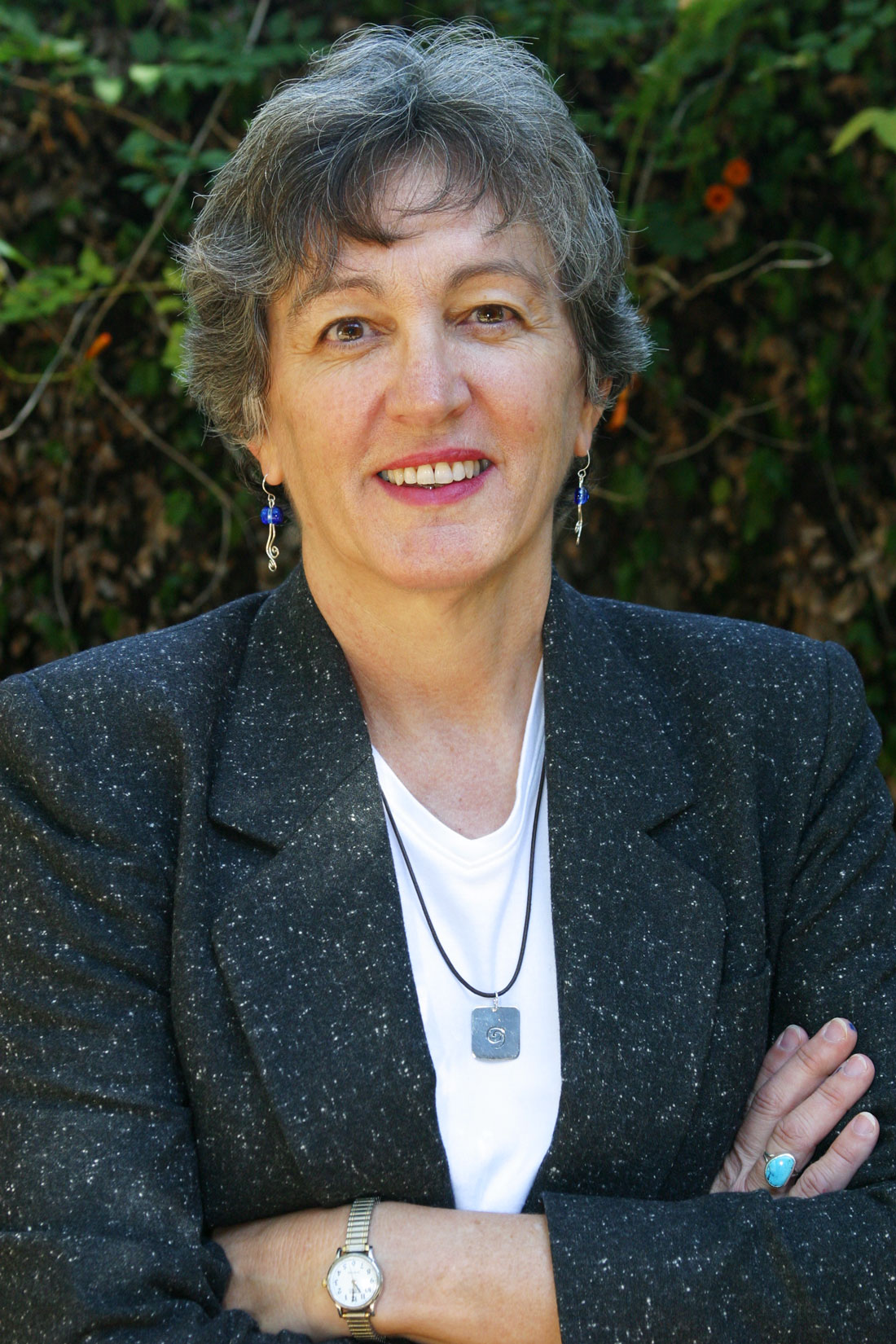The Weekly’s Jan. 9 cover story (“What ‘Free’ Parking?”) on the downtown parking additions made possible with tax-increment financing almost entirely dismissed what that program was designed to do and what it has accomplished.
It is no overstatement to say that the parking program has been instrumental in revolutionizing conditions in downtown Fort Worth over the past decade. It has attracted millions of dollars in investment, spurred redevelopment inside and outside the TIF, and brought in significant tax dollars for local governments over and above the new tax income that is kept to be used within the TIF district itself.
Among the items on a long list of successes, the parking program has:
• Made possible the redevelopment of the asbestos-filled “untouchables” – the Tandy Center and the old Bank One building (or “Plank One”), which was converted to The Tower residential condos.
• Supported Sundance Square, which has become the region’s leading entertainment and dining district, a significant anchor for downtown hotels, and a major factor in an office building market that has also become one of the strongest in the country. Downtown’s success has spurred development outside of the TIF, resulting in new tax dollars that go straight into the general public purse.
- Leveraged a privately funded, regional downtown performing arts center – Bass Hall.
• Improved the quality of life so much in the last 10 years that a condominium market once thought impossible has emerged downtown and in surrounding districts that had long been economically depressed.
• Increased the tax base of local governments to the point that they are now receiving extra tax revenues from the TIF, above and beyond what is retained for improvements within the district – on schedule, as planned.
The article’s inaccuracies were hard to swallow. First, downtown business interests do not present a wish list to Downtown Fort Worth Inc. to be rubber-stamped by the TIF board. The TIF expenditures are guided by a plan laid out a decade ago. DFWI administers the TIF but has no vote on the transactions.
Second, the TIF does not pay for any parking that is unavailable at City Place or anywhere else. At City Place, the TIF pays only for the use of spaces in the north garage, which is currently providing more free spaces than the TIF is funding. We thank the Weekly for publishing a correction on this point recently.
The article also quoted a New York Times reporter as saying that public money spent to support retail spending is wasted. Perhaps that would be true in a suburban strip mall, but in downtown, retail storefronts are the frontline of vitality, attracting housing, corporate offices, and hotels.
The implication that the parking program is a devious shell game that has “flown under the radar” is preposterous. In fact, the free parking is well advertised, featured on web sites, pointed out in prominent garage and parking lot signs, and has been reported on extensively. The missing signage for the The Tower garage is a short-term exception.
What’s more, as recently as late 2007, the entire TIF program, including parking lease costs and benefits, was presented to the Fort Worth City Council, the school board, and county commissioners during public meetings carried on cable access television.
One of the article’s central themes was that TIFs are “just another way to move hard-earned money to the pockets of the most wealthy folks in town.” That position ignores the fact that TIF funds are generated by new growth in the district, not by existing general funds. It also does great disservice to the decades of struggle that have transformed downtown from a grimy and dangerous place to the center of Fort Worth’s civic pride and the area’s single greatest tax-revenue generator. Downtown, with one half of one percent of the city’s area, now generates more than 7 percent of its budget revenue.
The TIF is a powerful tool being used very effectively with this aim: Accelerate tax base growth through redevelopment and a stronger downtown economy, while at the same time providing free parking to everyone. When you look at local government budgets and visit downtown Fort Worth (free evening and weekend parking, by the way), you don’t need a $100,000 economic development study to see that it’s working well.
Andrew Taft is president of Downtown Fort Worth, Inc.











